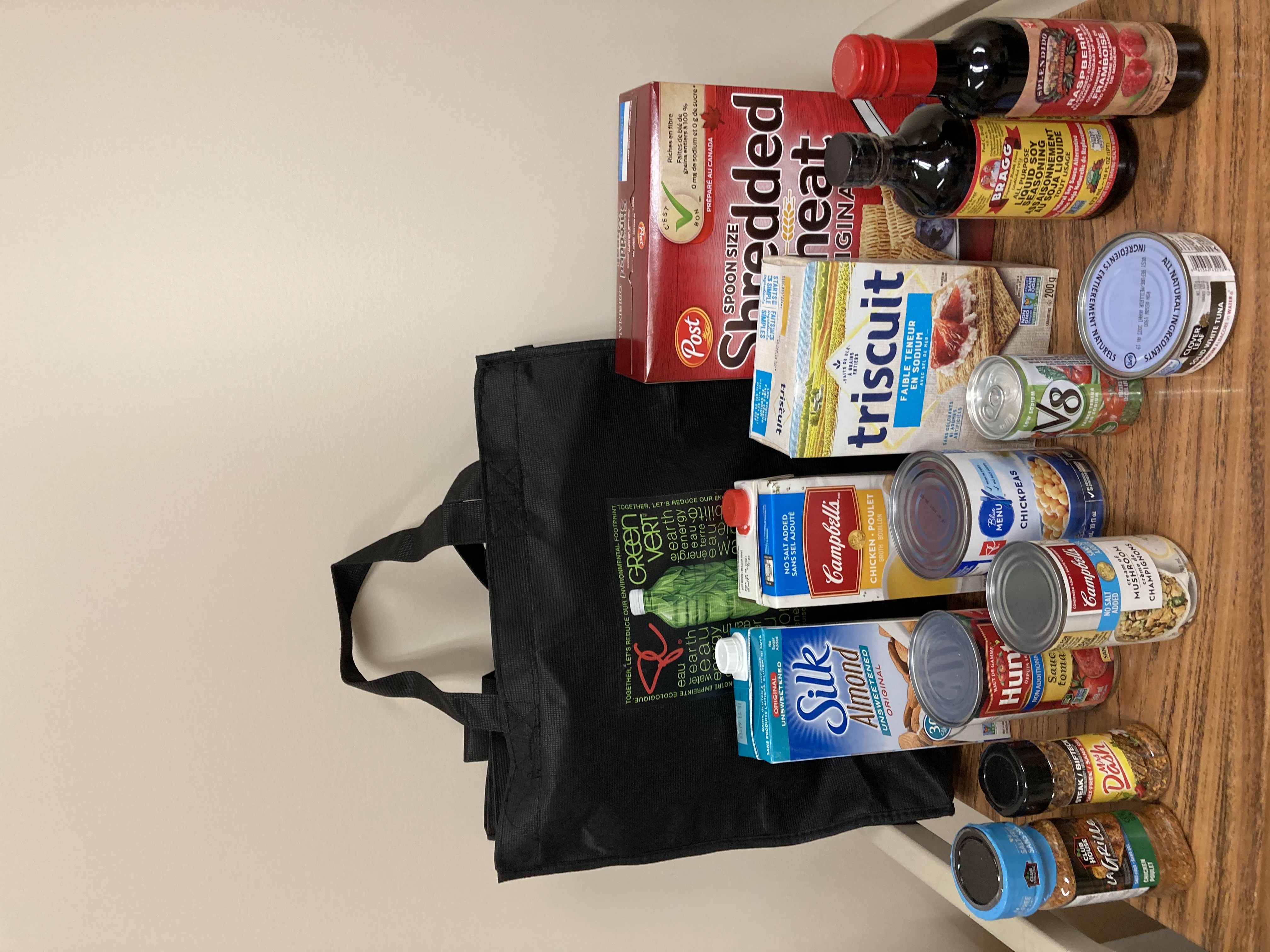 Many kidney patients are informed about the kidney-protecting benefits of reducing sodium and phosphate in their diet, and strive to limit their intake. However, it can be challenging to know which foods and recipes align with this kidney-friendly diet. A recent project shows how an engaging ‘intervention’ (planned introduction) to increase patients’ knowledge of low-sodium and low-phosphate foods can better support them in achieving their dietary goals.
Many kidney patients are informed about the kidney-protecting benefits of reducing sodium and phosphate in their diet, and strive to limit their intake. However, it can be challenging to know which foods and recipes align with this kidney-friendly diet. A recent project shows how an engaging ‘intervention’ (planned introduction) to increase patients’ knowledge of low-sodium and low-phosphate foods can better support them in achieving their dietary goals.
“I’d say 90% of people with kidney disease have a need for a lower sodium diet to avoid fluid retention and blood pressure issues,” explains Jean Gibson, a dietitian at the Kelowna Peritoneal Dialysis Clinic, who led the project. “And when kidney function fails, most of those people need to limit phosphates to avoid hyperphosphatemia, which causes things like itching, with the most serious consequence being increased mortality.”
To support kidney patients in meeting dietary guidelines, Gibson sought to launch what’s known as ‘culinary medicine interventions.’ She created baskets of kidney-friendly foods to give to participants, or ordered groceries online, and then discussed how to cook easy, low-sodium and low-phosphate meals through conversations, showing actual food products and sharing recipes and online resources.
To evaluate the impact of the project, Gibson conducted telephone surveys with participants before and after they were introduced to the new foods. The survey results show that 100% of participants (all 20) found that the food basket helped them learn to cook and incorporate new, kidney-friendly food products and recipes. Also, a substantial portion of participants reported reading food labels more often after participating in the study (a 20% and 70% increase for salt and phosphate labels, respectively).
“I think the surprising thing was that there were already a lot of people reading labels for sodium, which is great news,” says Gibson “But they were excited to learn about new low sodium products and ways to prepare them. A lot of patients also stated that they weren’t checking food labels for phosphate additives before participating in this study. It’s been such a meaningful and beneficial learning experience for the participants.”
The challenge, Gibson notes, is that the Nutrition Facts label doesn’t explicitly state phosphorus levels, so consumers must read the ingredients list and recognise which ingredients contain phosphate. Gibson was able to work with study participants to teach them about phosphate-containing ingredients, which include “phos” as part of the ingredient name, and also show them examples of product brands that are phosphate-free.
Notably, 90 percent percent of participants expressed interest in taking part in similar studies in the future. Based on a follow up focus group, kidney patients said they were interested in learning more about plant-based proteins, which a growing body of evidence suggests may be more kidney-friendly than animal protein. This second project will be launched in the coming months.
“Being involved in research projects not only adds innovation and creativity to my work but also benefits patient care and improves patient quality of life,” says Gibson. “I am excited to continue this project and be part of changing the way dietitians and clients collaborate, learn together about individual nutrition needs, and find new ways and tools to help clients reach their kidney health goals.”

